Macro-Finance Salon (No. 213): Credit is the Essence of Currency
2023-10-30 IMI
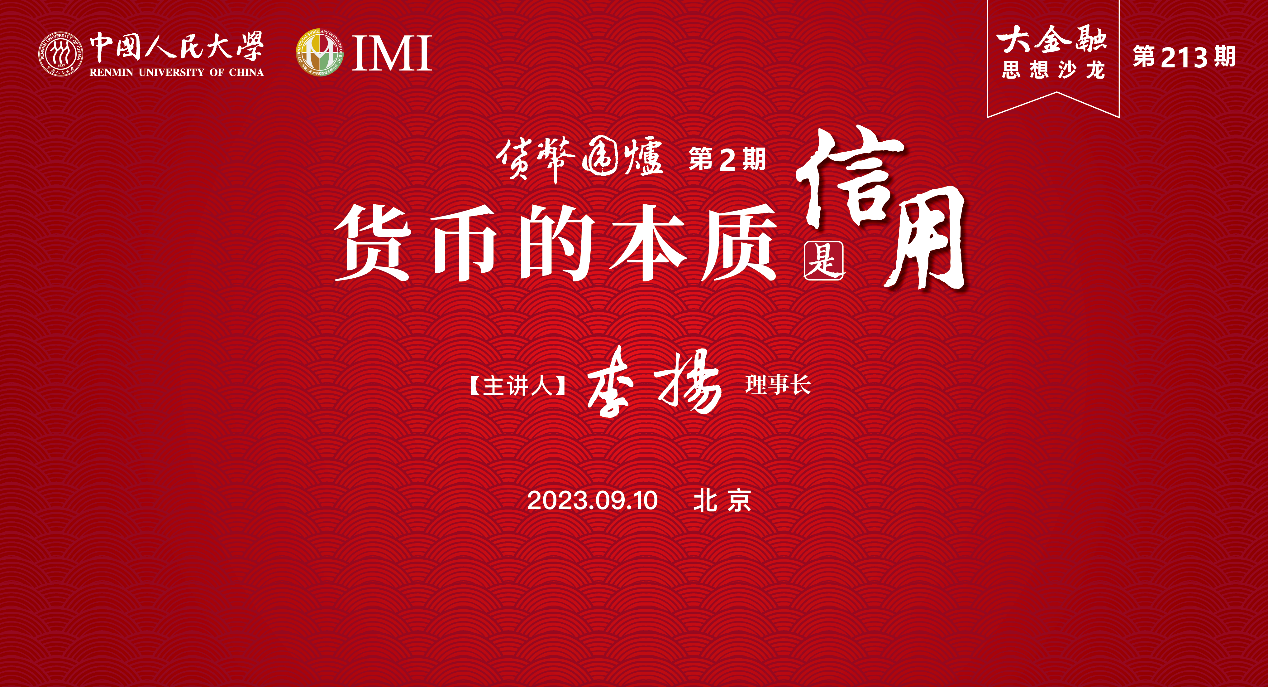
On September 10, Macro-Finance Salon (No. 213), jointly organized by the School of Finance and Economics at Renmin University of China and the International Monetary Institute of Renmin University, were successfully held under the theme “Credit is the Essence of Currency”. Dr. Li Yang, Member of the Academic Committee of the Chinese Academy of Social Sciences and Chairman of the National Institution for Finance and Development (NIFD), delivered the keynote speech. Professor Wang Guangqian from the School of Finance at Central University of Finance and Economics, Professor Wang Guogang from the School of Finance and Economics at Renmin University of China and Member of the Academic Division of the Chinese Academy of Social Sciences, Mr. Wang Yongli, General Manager of China International Futures Co., Ltd., and Dr. Zhang Jie, Director of the International Monetary Institute of Renmin University of China, attended the conference and participated in the discussions. The conference was chaired by Professor Wang Fang, Associate Dean of the School of Finance and Economics at Renmin University of China and Deputy Director of the International Monetary Institute.
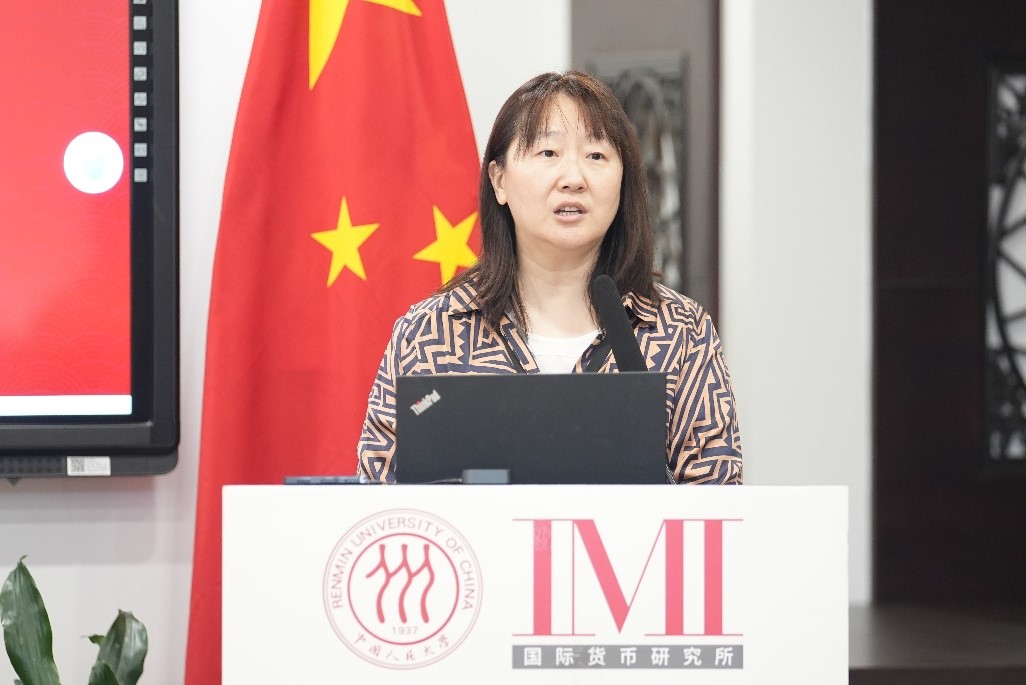
Dr. Li Yang initiated the event with his keynote speech, providing a comprehensive analysis on the proposition that the essence of currency is credit, starting from the fundamental concepts of money and credit.
Firstly, he analyzed the historical evolution of credit. Traditional trust mechanisms were based on familiar social relationships, while the trust mechanism of the industrial era relied on specialized intermediary institutions. Regarding future reform directions, he suggested placing transaction mechanisms in the U.S. Treasury market through repurchase transactions to establish market interest rates, and alternatively, placing them directly in digital currency trading platforms, where blockchain technology serves as the technical foundation for trust in this mechanism.
Secondly, he examined the decisive role of credit in the evolution of the international monetary system. Dr. Li Yang pointed out that the early history of the gold standard clearly revealed the nature of money as a credit relationship, with the pound sterling as the key currency in the gold standard system. The essence of the Bretton Woods system was the gold standard, and after its collapse, the international monetary system became a U.S. dollar credit system. In summary, it is the strong currency of a powerful nation that supports the entire world, with credit being the foundation—formerly the credit of the United Kingdom and now the credit of the United States.
Thirdly, he delved into the hierarchical study of money. Money has always had layers: the first kind is the hierarchical system of money under the gold standard, with gold and silver as the first layer and promissory notes issued by commercial banks and other bills as the second layer. The second kind is the hierarchical system under the central bank system, where the central bank monopolizes the first layer of money, based on its asset-liability sheet, and also monopolizes the issuance right of the second-layer money. Commercial banks, although only in the third layer, constitute the foundation for the circulation of money for credit creation. The third kind is the hierarchical system under digital currency, where Bitcoin or the U.S. dollar represents the first layer of money, functioning similarly to gold. Central bank digital currencies, Bitcoin deposits, stablecoins, etc., constitute the second layer of money, and stablecoins based on the atomic swap mechanism are in the third layer.
Fourthly, he explored the credit creation process from the perspective of the balance sheet. Dr. Li Yang pointed out that, the current dilemma of the coexistence of “loose money” and “tight credit.” is because “loose money” is measured from the liability side to gauge money, while “tight credit” measures money from the asset side. The liquidity released by monetary authorities is retained by financial institutions on their balance sheets in the form of liabilities, instead of being effectively transformed into credit for economic entities.
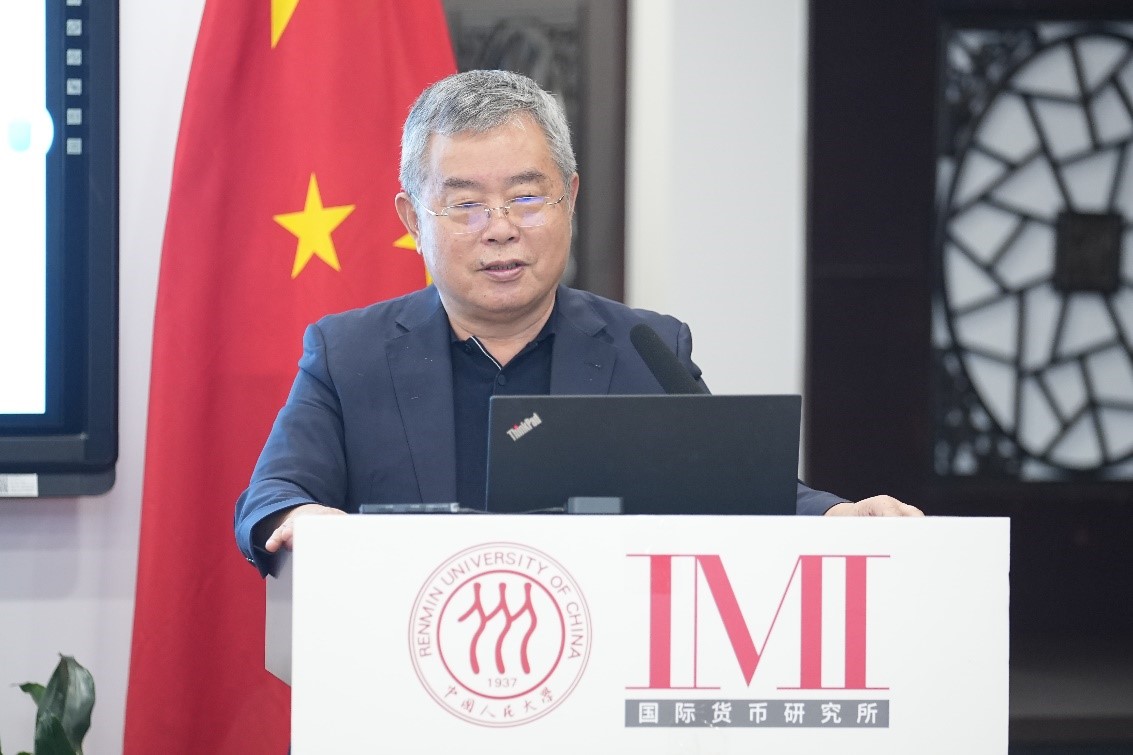
Subsequently, the participating guests engaged in in-depth discussions surrounding the essence of currency and its inherent connection with credit.



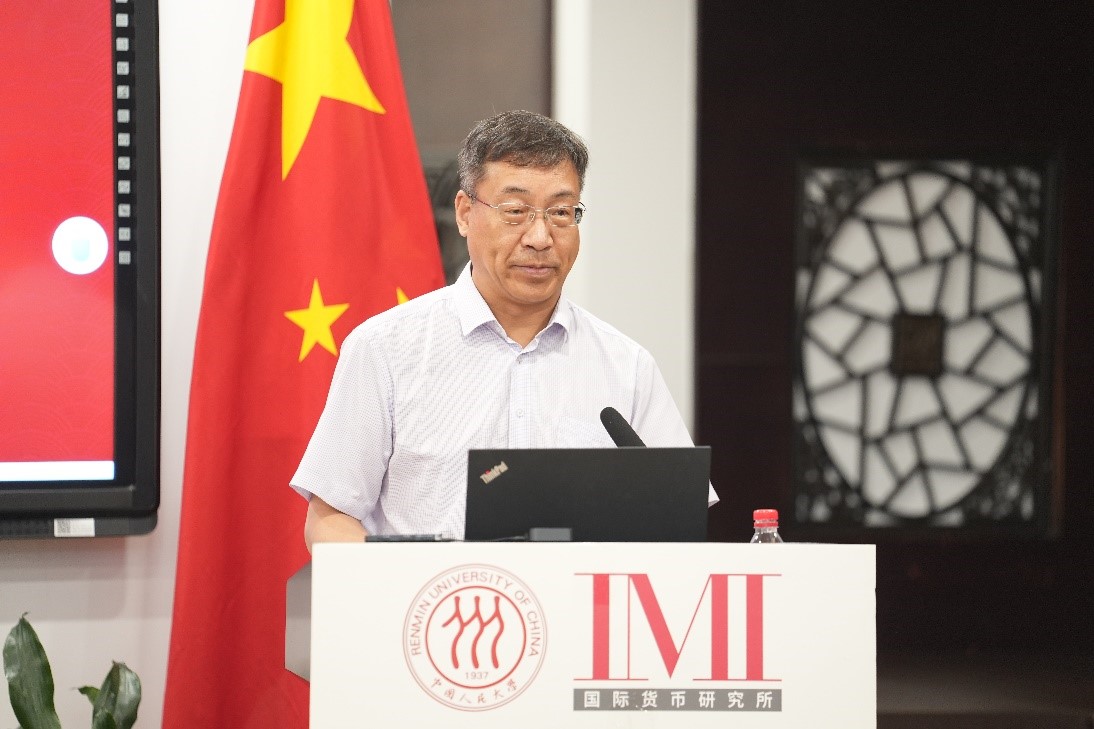
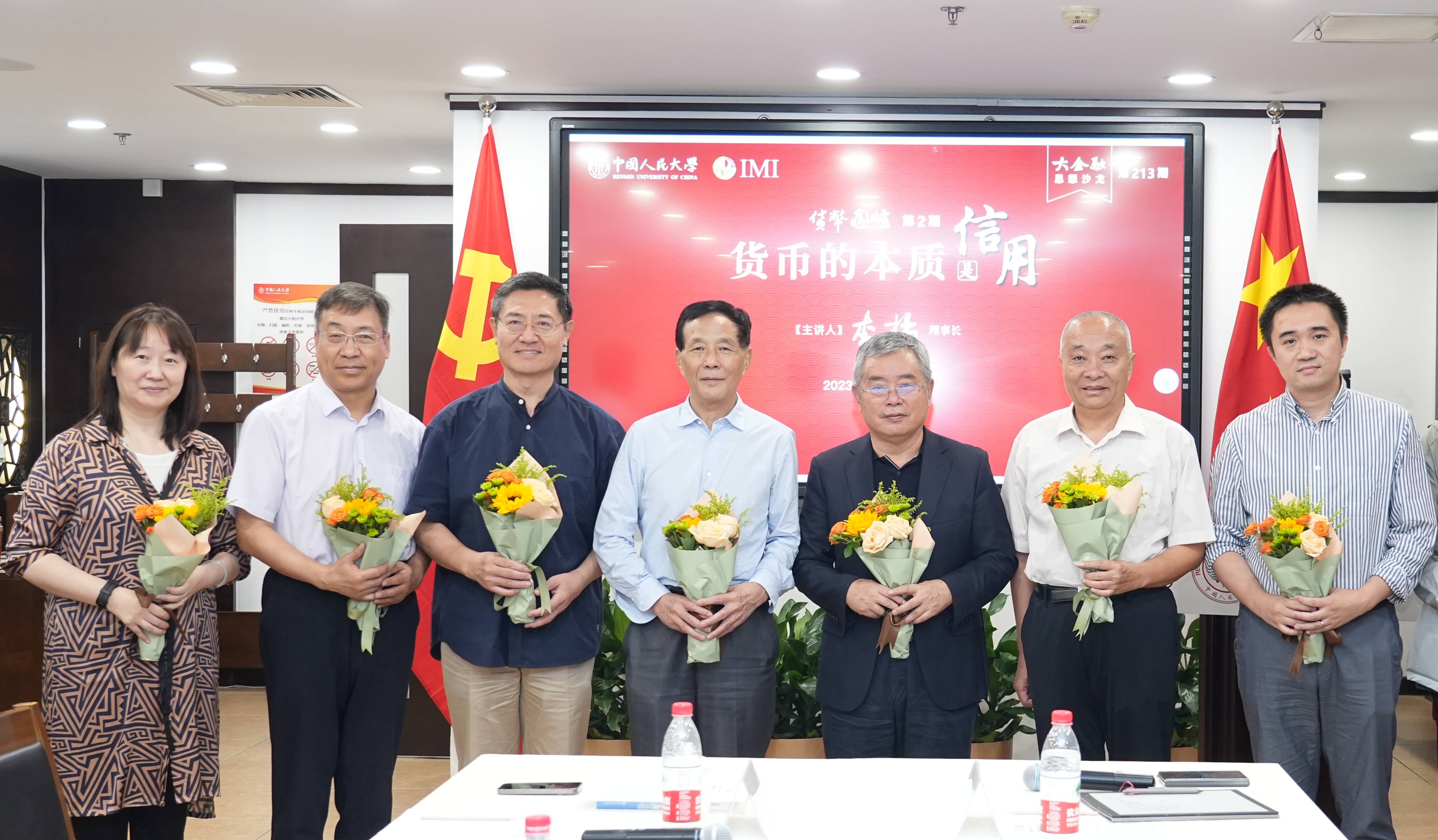
Translated by Yin Duolan
